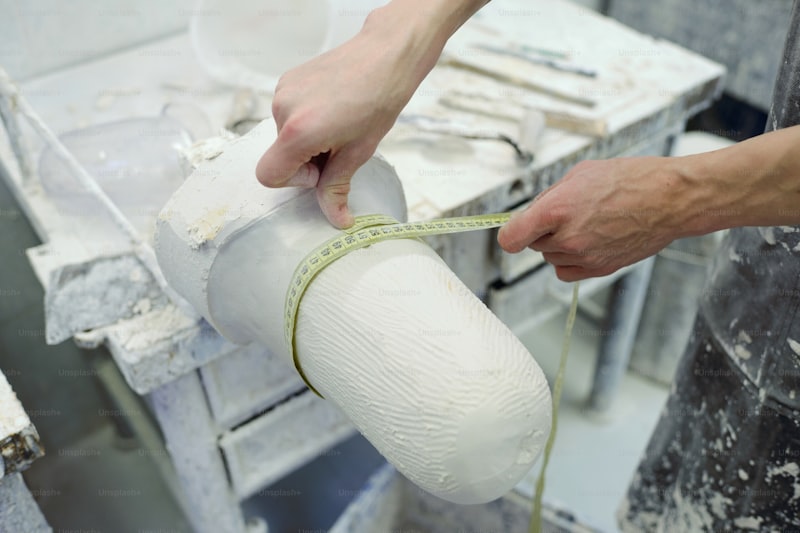Exploring Fine Lace Craftsmanship: A Timeless Art Form
Introduction to Fine Lace Craftsmanship
Fine lace craftsmanship is a unique art form that has captivated admirers for centuries. This delicate technique involves creating intricate patterns using threads, typically made of cotton or silk, that are skillfully interwoven together. Throughout this article, we will explore the rich history, various techniques, regional distinctions, and modern applications of fine lace, as well as tips for those who wish to delve into this enchanting craft.
History of Fine Lace Craftsmanship
The origins of fine lace can be traced back to the late 15th century in Europe, particularly in Italy and Belgium. Originally, lace was created as a luxury item for the aristocracy. As demand for lace grew, several regions became renowned for their specific styles and techniques. For example, Venetian lace, known for its elaborate designs, quickly became a symbol of wealth and status.
Promotion and cultivation of lace craftsmanship flourished during the Renaissance, leading to the development of various regional styles such as:
| Region | Style | Characteristic |
| Italy | Venetian Lace | Dense patterns, rich embellishments |
| Belgium | Brussels Lace | Fine and delicate, floral motifs |
| France | Chantilly Lace | Soft, romantic designs, commonly used in Wedding dresses |
| Spain | Almagro Lace | Bold and colorful, often heavily embroidered |
Techniques of Fine Lace Craftsmanship
Crafting fine lace is a meticulous process that requires patience and skill. The primary techniques used in lace making include:
- Bobbin Lace: This technique involves weaving threads around bobbins to create intricate designs. The threads are pinned to a cushion, allowing for precise control.
- Needle Lace: This technique involves using a needle to stitch lace directly onto a background fabric, creating a more delicate and airy design.
- Crochet Lace: By using a hooked needle, artisans create loops and stitches that form lace patterns, offering a different texture and appearance.
The choice of technique often depends on the desired outcome, with each method contributing to the unique characteristics of the final piece. Additionally, fine lace can be embellished with beads, sequins, or embroidery for added depth and dimension.
The Importance of Quality Materials
The materials used in fine lace craftsmanship significantly influence the quality of the final product. Traditionally, high-quality cotton or silk threads are preferred for their durability and luster. Using natural fibers often results in a softer feel and a more elegant appearance compared to synthetic options. For beginners, it's advised to experiment with various threads to understand how they affect the overall design and intricacy of lace.

Global Perspectives on Fine Lace Craftsmanship
While fine lace craftsmanship holds significant importance in European culture, other regions have developed their unique interpretations. In Asia, for instance, Chinese embroidery techniques have led to delicate lace-like patterns that showcase regional flora and fauna, while in Africa, traditional weaving and beading can create striking lace-inspired designs that tell a story.
In recent years, there has been a resurgence of interest in artisan crafts worldwide, leading to collaborations across cultures. This has enhanced the understanding and appreciation of different lace techniques globally.
Modern Uses for Fine Lace
Traditionally, lace has been used for clothing such as dresses and undergarments, but today its applications extend far beyond fashion. Here are some notable modern uses of fine lace craftsmanship:
- Home Décor: Lace can be incorporated into curtains, table linens, and wall art, adding an elegant touch to any space.
- Fashion Accessories: From lace-trimmed handbags to delicate lace scarves, these items have become staples in modern fashion.
- Wedding Décor: Lace is often used in bridal gowns and decorations to evoke an ethereal charm during nuptial ceremonies.
Tips for Aspiring Lace Artisans
For those who are interested in trying their hand at lace craftsmanship, here are some helpful tips:
- Start with Basic Techniques: Begin with a simpler technique, such as crochet lace, before advancing to more complex styles like bobbin or needle lace.
- Invest in Quality Tools: Use appropriate tools for your chosen technique. For example, invest in high-quality bobbins, needles, and threads for optimal results.
- Practice Regularly: Like any craft, proficiency in lace making comes with practice. Dedicate time each week to hone your skills.
- Join a Community: Connecting with other lace makers can provide valuable insights, techniques, and inspiration. Look for local workshops or online forums.
Final Thoughts
Fine lace craftsmanship is an exquisite and intricate art form that reflects a rich cultural heritage and a commitment to quality and aesthetics. By understanding its history, techniques, and contemporary applications, artisans can keep this timeless craft alive. Whether you're an established lace maker or a curious beginner, remember that the most important aspect of fine lace craftsmanship lies in the passion and creativity you infuse into each piece.
As you embark on your lace-making journey, keep experimenting with different styles and techniques while respecting the tradition and artistry behind fine lace. Happy crafting!